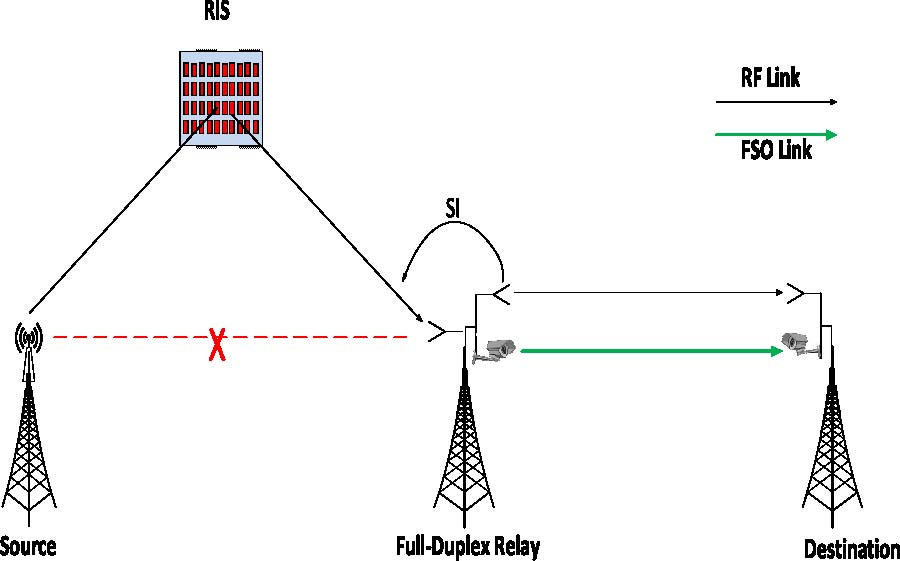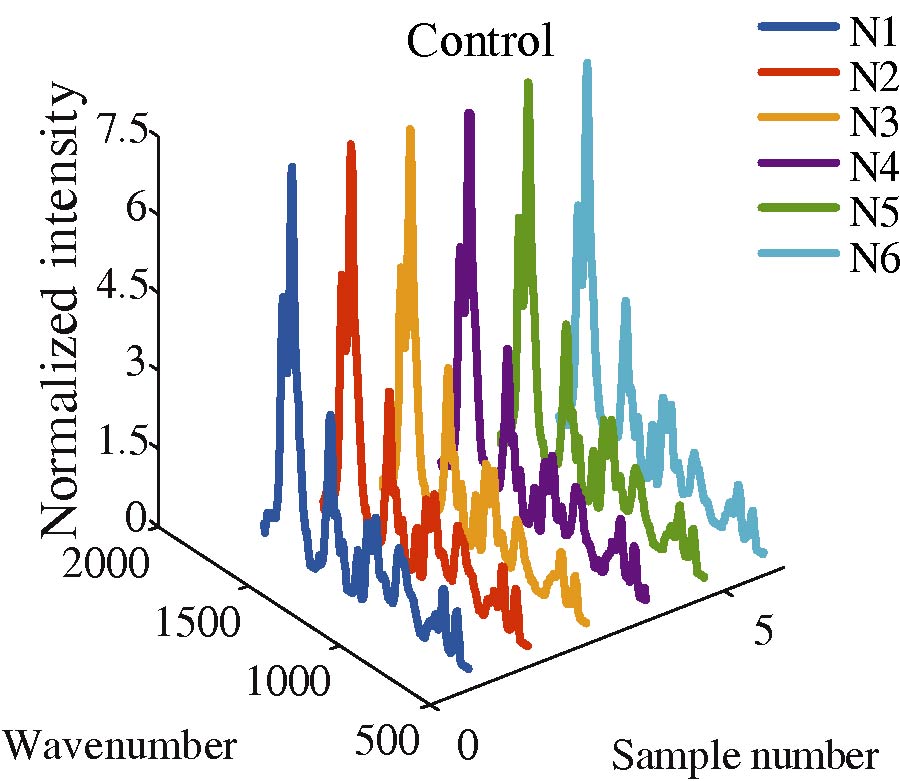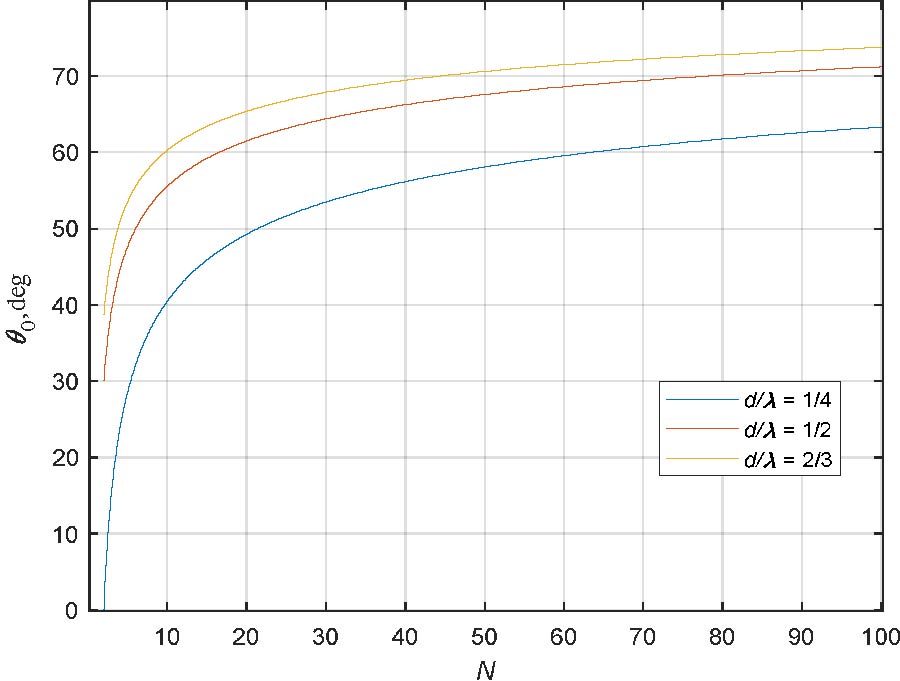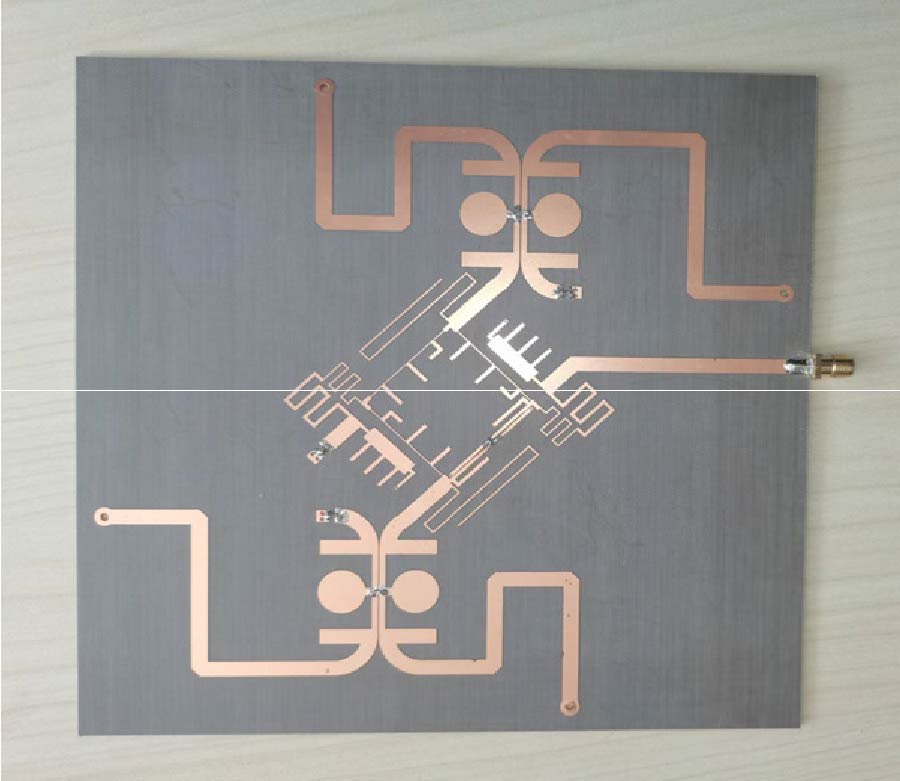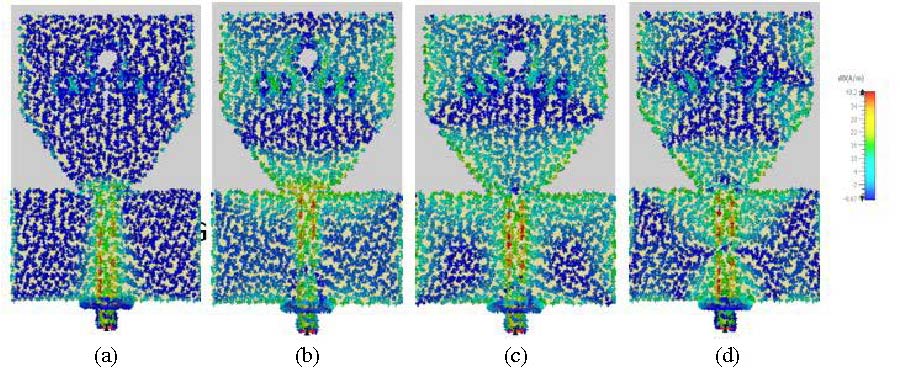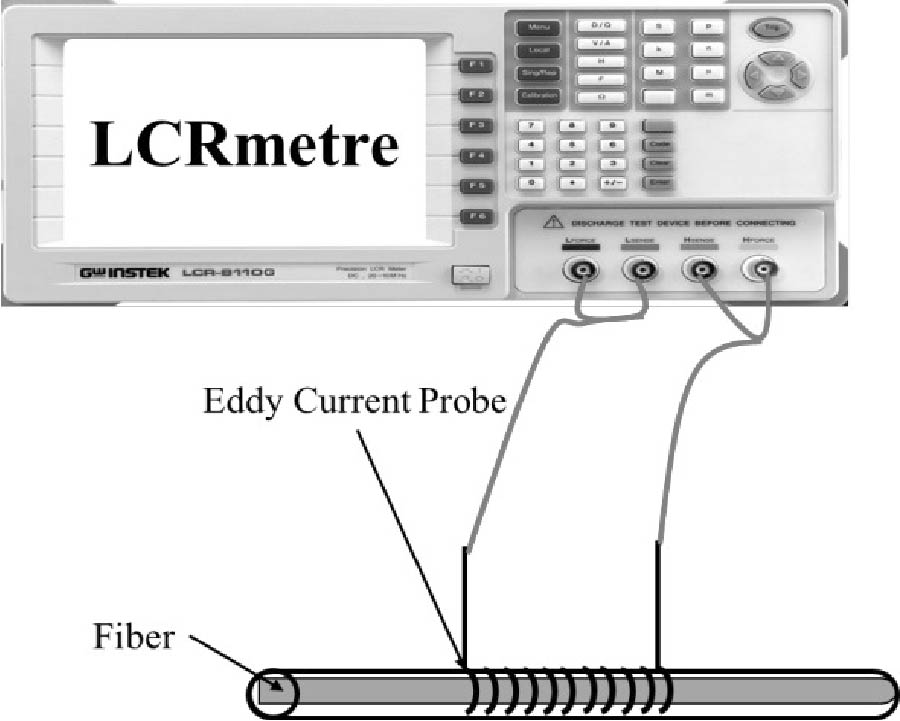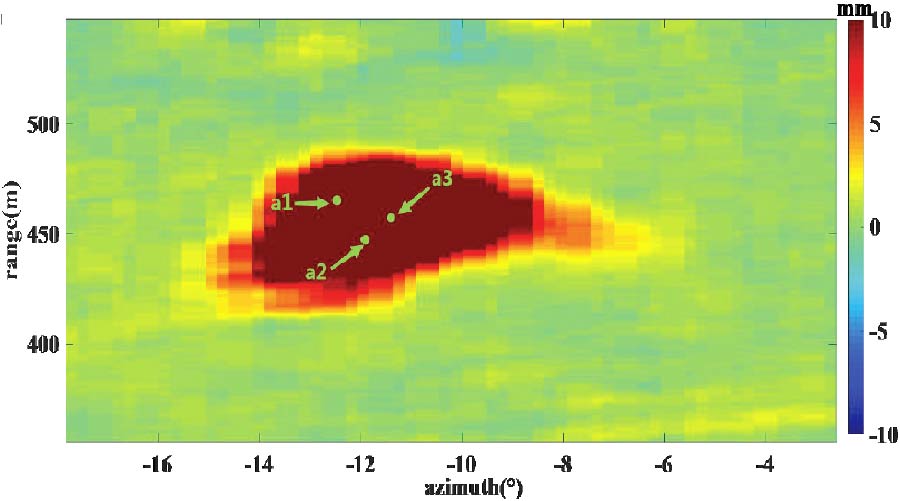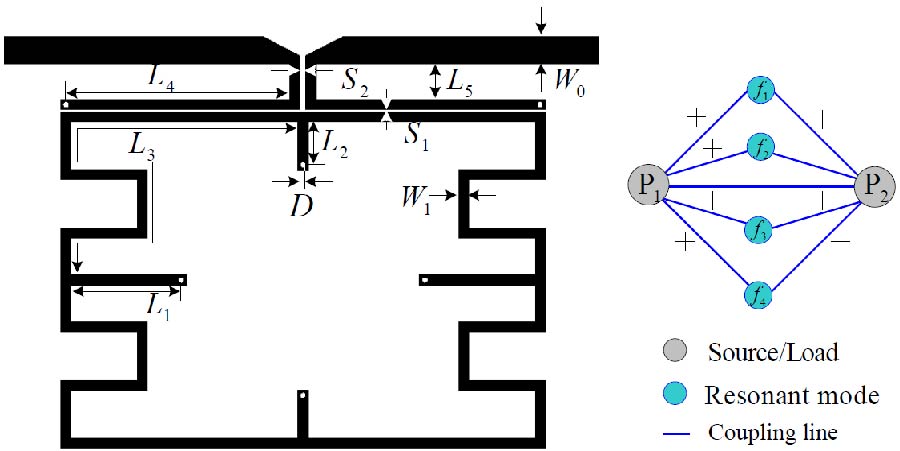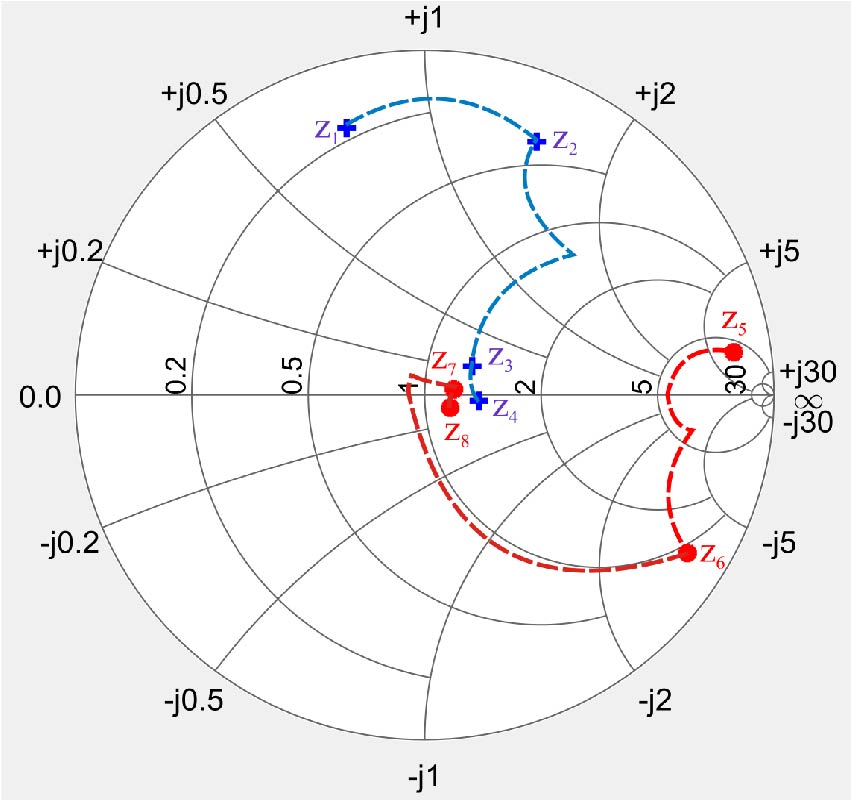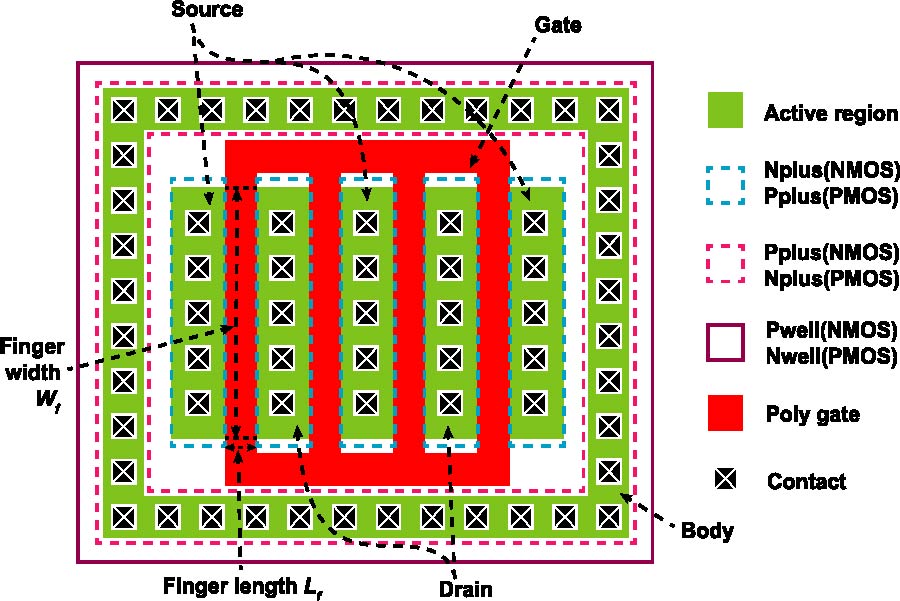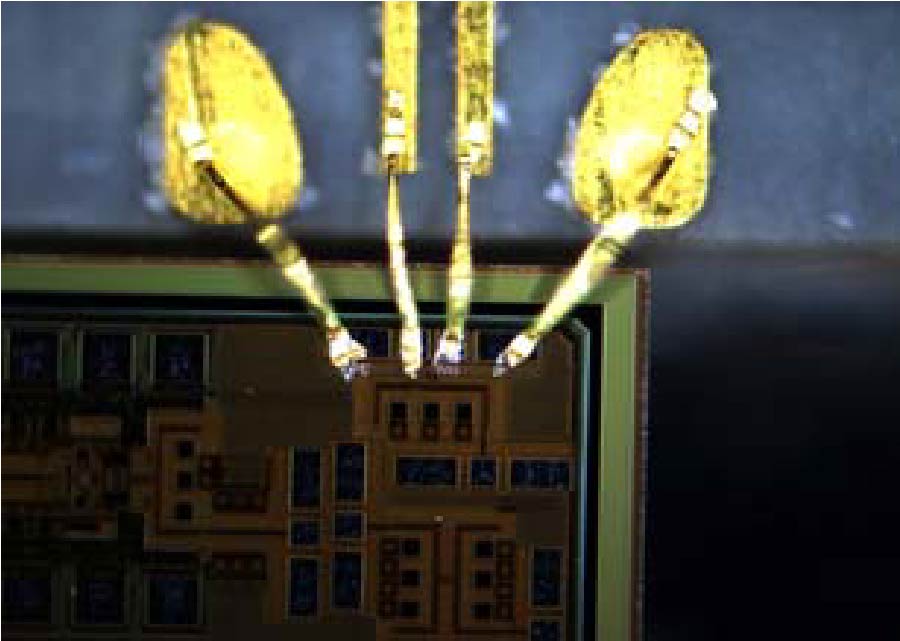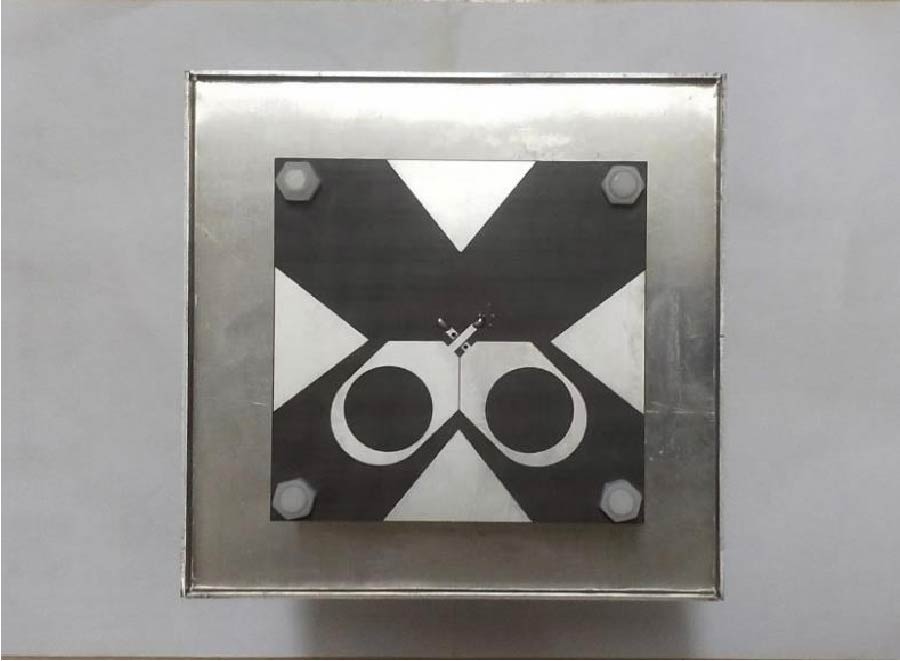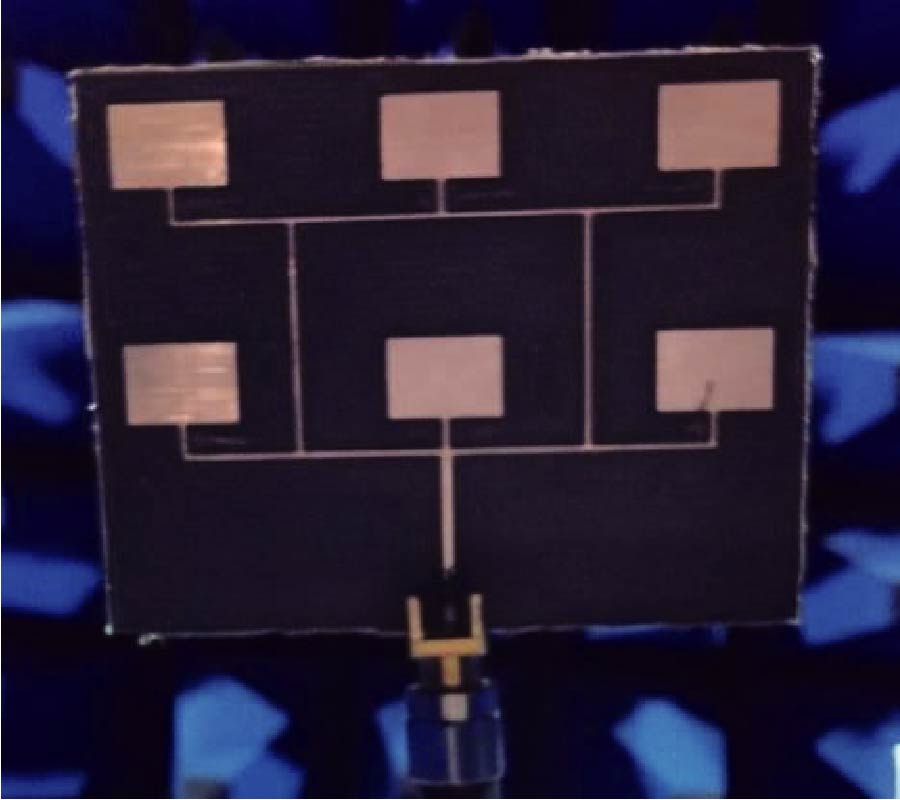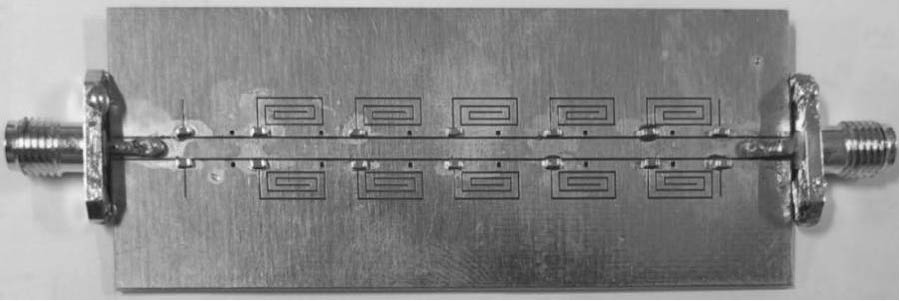Application of Displacement Prediction Method Based on Displacement Increment and CS-BP Neural Network in Mine Landslide
Yaolong Qi,
Lu Bai,
Ting Hou,
Pingping Huang,
Weixian Tan and
Wei Xu
The research on landslide displacement prediction can help the early warning and prevention of landslide disasters in mining areas. In view of the problem that BP neural network is prone to local convergence, and considering that the network trained based on time-series cumulative displacement may produce large errors in prediction, this paper proposes a method combining displacement increment and CS-BP (Cuckoo Search-Back Propagation) neural network to predict landslide displacement. Compared with the conventional landslide displacement prediction methods, this method uses displacement increment instead of the commonly used cumulative displacement as the network input data, and selects the CS algorithm with few parameters and easy to implement to optimize the BP network to construct the prediction model, and predicts the corresponding amount of displacement change at the next moment by the historical landslide displacement increment. Combined with the measured data of three feature points of a mine in Xinjiang, China, obtained by the micro-deformation monitoring radar, the displacement prediction accuracy of the proposed model on the three measured data sets is compared with the prediction accuracy of the BP, GA-BP (Genetic Algorithm, GA), and FA-BP (Firefly Algorithm, FA) network prediction models based on cumulative displacement and incremental displacement, respectively. The experimental results show that this method achieves superior performance with an average root mean square error of 0.3261 and an average mean absolute error of 0.2785 across the three feature points, outperforming the other models, and holds promising applications in disaster prevention and control work.
